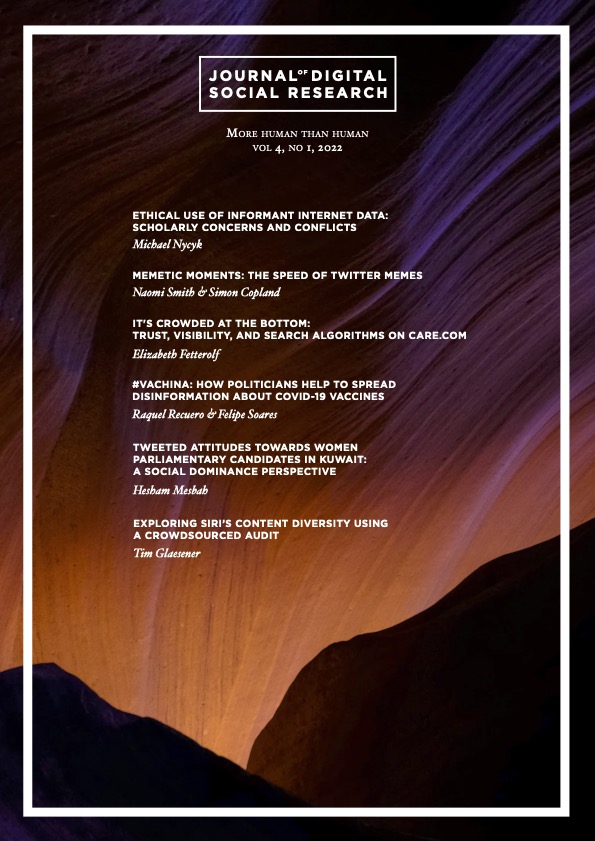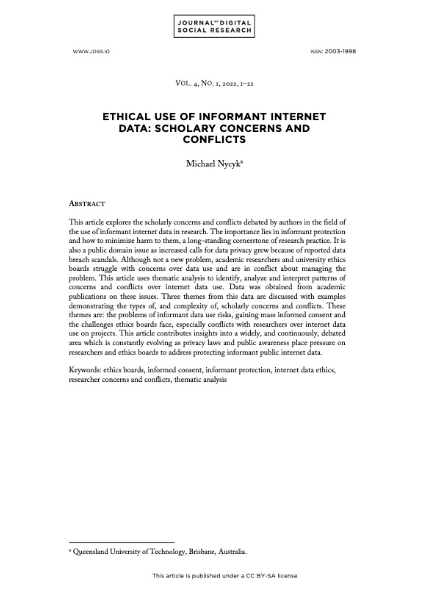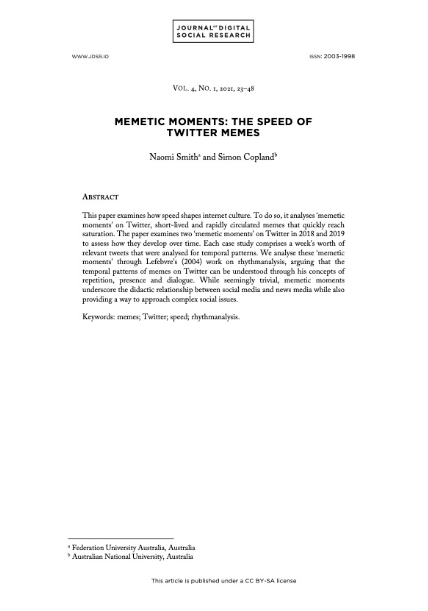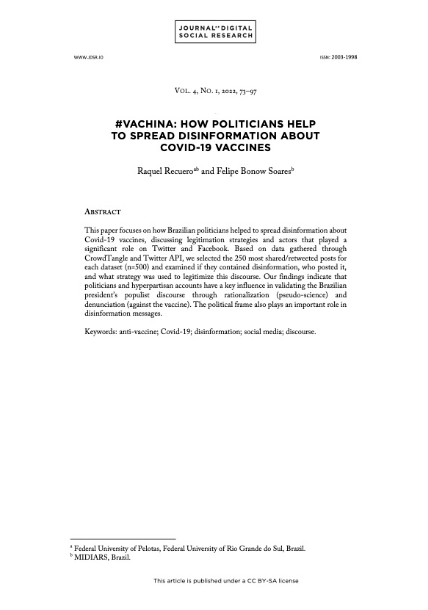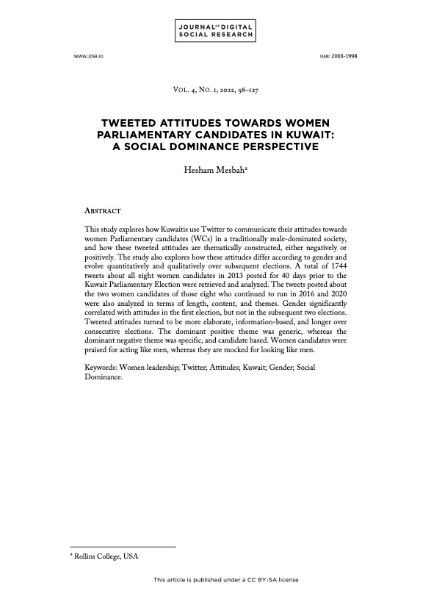About the journal
JDSR seeks to publish high-quality original research within all fields of social sciences interacting with digital issues. Social science is defined broadly to include, inter alia, sociology, informatics, pedagogy, education science, gender studies, law, economy, social work and geography. We welcome submissions from neighbouring research fields if they are relevant to a social science audience. Learn more →

